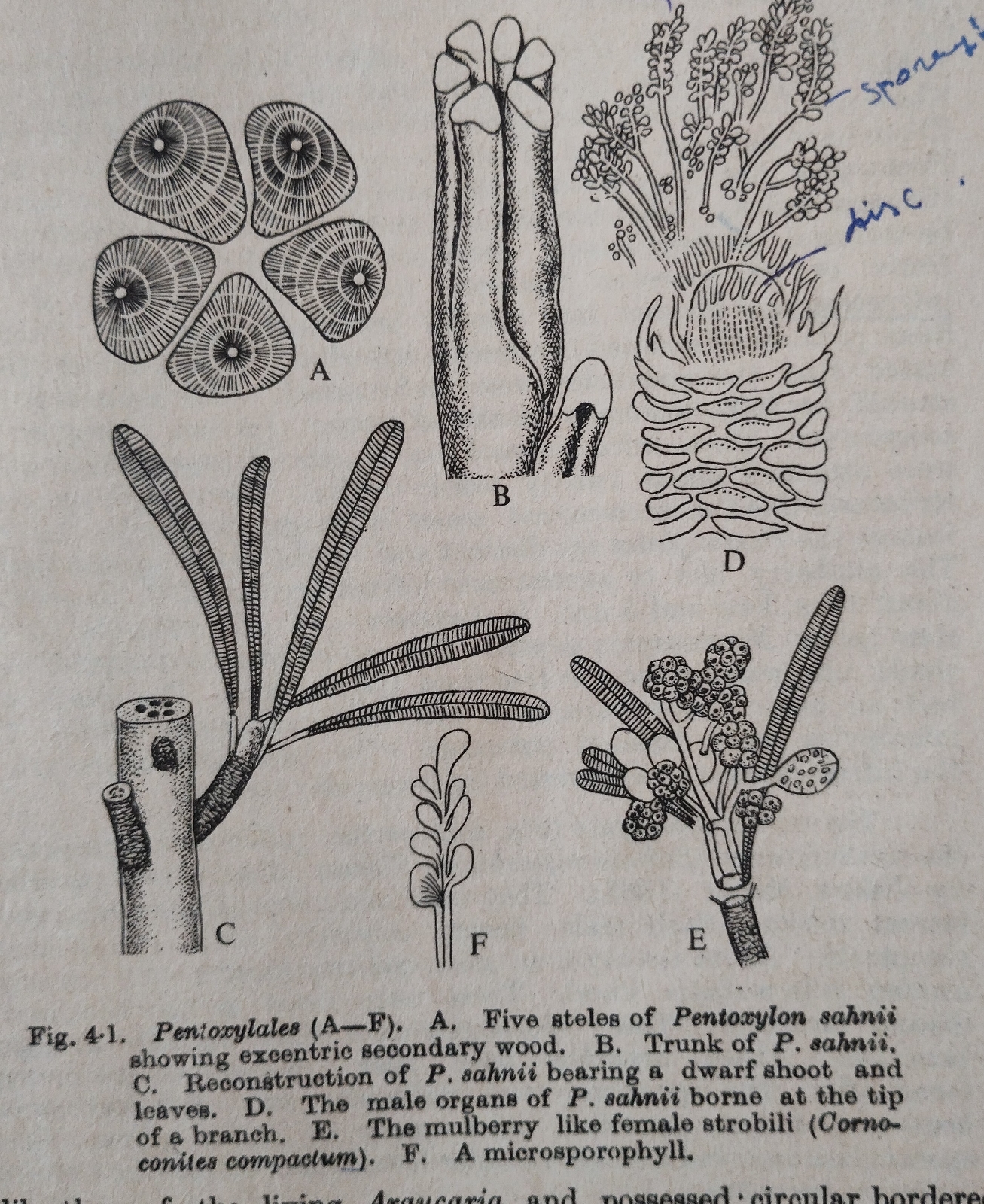Life cycle in Angiosperms
Life Cycle in Angiosperms
In Angiosperms the diploid (2n) Sporophytes alternate with haploid (n) Gametophytes, hence , the life-cycle is called as Diplo-Haplontic .
Sporophytic Phase (2n) :
(A) The plant body with definite roots , stems ,leaves and flowers with vascular bundles is a Sporophyte .
(B) It bears two types of sporophylls viz. ; the stamens (microsporophylls) and pistils (megasporophylls) in flowers .
(C) Each microsporophyll have four microsporangia in the form of pollen chambers having diploid microspore mother cells (MMC). Similarly , each megasporophyll encloses one to many ovules with diploid megaspore mother cells (MMC) in the megasporangium .
Sporophyte (2n) to Gametophyte (n) :
On the onset of meiosis in MMC (2n) and with the formation of haploid spores the gametophytic phase (n) starts where the development of female gametophyte is monosporic.
Gametophytic Phase (n) :
(D) The microspore or the pollen grain (n) and the functional megaspore (n) is the first cell of the gametophytic phase which is inconspicuous , minute in size and dependent on the sporophyte for food and shelter .
(E) After pollination pollen grain converts into the mature male gametophyte with pollen tube having tube nucleus and two male gametes . The female gametophyte is a 7 celled 8 nucleated structure , 3 antipodal cells at chalazal end , 1 egg and 2 synergids at micropyler end and 1 centrally located 2 nucleated definitive cell .
Gametophyte (n) to Sporophyte (2n) :
(F) With the fusion (syngamy) of male gamete (n) and female gamete (n) the zygote (2n) is resulted and the sporophytic phase starts by the end of the gametophytic phase .
(G) Gradually the baby sporophyte i.e.; the zygote develops into embryo (2n) in the seed and then to cotyledon/s which after maturity germinates into a new seedling in favourable conditions which grows into a mature sporophyte .




Comments
Post a Comment